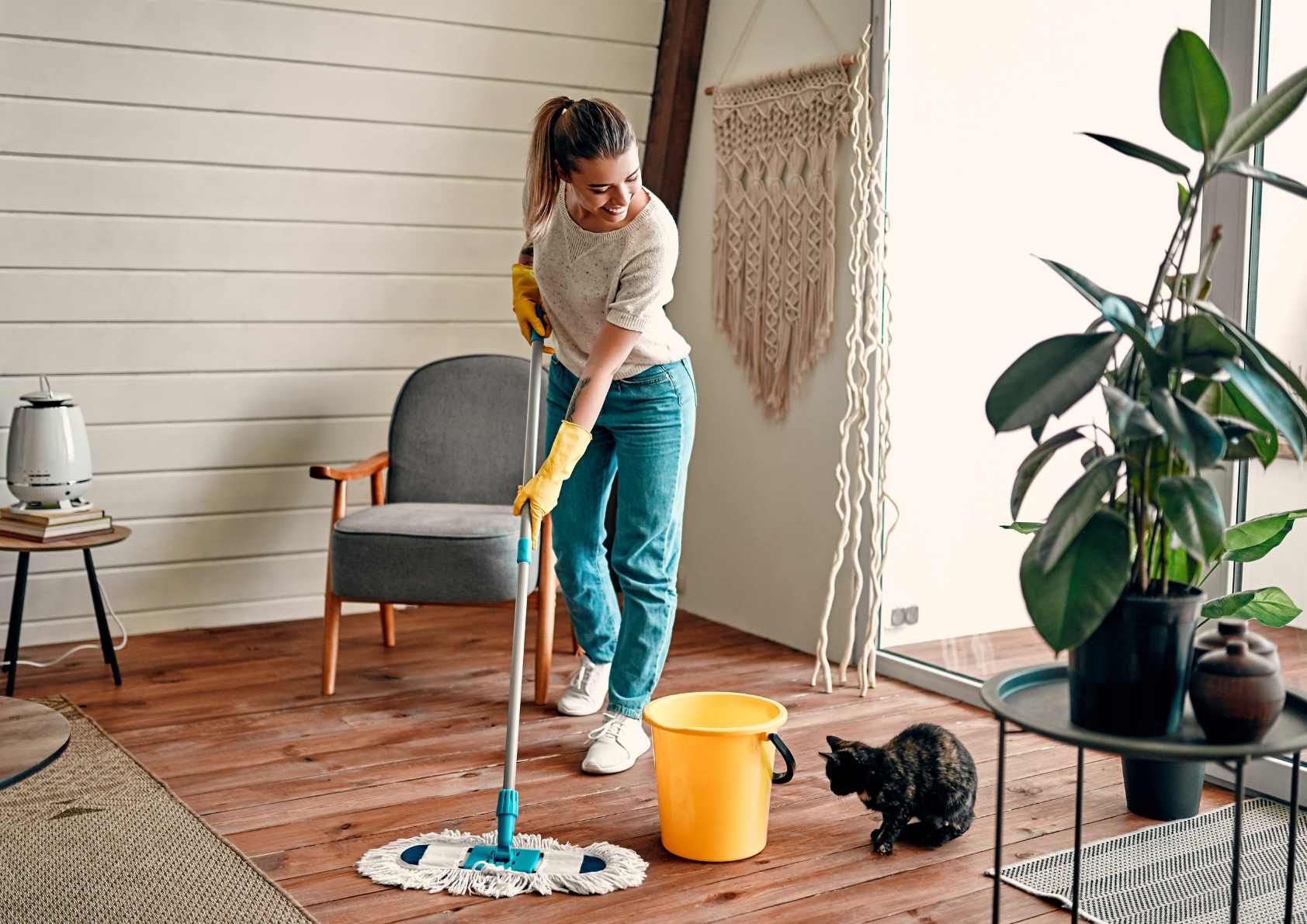As the flowers bloom and the days get longer, spring offers the perfect excuse to refresh and reset your space. But this year, more homeowners and renters are ditching harsh chemicals in favor of non-toxic cleaning products, and for good reason. These safer alternatives are better for your health, your home, and the environment. In this post, we’ll dive into why going green with your cleaning routine is a growing real estate trend, the best non-toxic products on the market, and how you can make your own powerful cleaners with simple DIY hacks.
Why Non-Toxic Cleaning Is More Than a Trend
In recent years, there’s been a shift in how people view their living spaces. Today’s buyers and renters are more health-conscious, environmentally aware, and eager to adopt sustainable practices. This change is evident in the increasing popularity of non-toxic cleaning products. From protecting indoor air quality to reducing allergic reactions, these solutions align perfectly with the growing emphasis on wellness in real estate.
Green cleaning is no longer a niche movement; it’s becoming an expected standard, especially among younger buyers and families with children or pets. Real estate agents are even seeing interest in homes that have been cleaned and maintained using eco-friendly practices, further proving that the demand for safer spaces is here to stay.
Top Non-Toxic Cleaning Products for Every Room
If you’re new to green cleaning, you don’t have to overhaul your whole cabinet at once. Here are some highly-rated non-toxic cleaning products you can find in most grocery stores or online:
-
Branch Basics: A versatile concentrate that can be used on counters, floors, and windows.
-
Seventh Generation Disinfecting Multi-Surface Cleaner: Kills germs with thymol, a natural ingredient derived from thyme.
-
Ecos All-Purpose Cleaner: Made with plant-powered ingredients and certified by the EPA as safer for people and pets.
-
Bon Ami Powder Cleanser: Great for scrubbing sinks and tubs without chlorine or artificial fragrances.
These products perform well and boast biodegradable ingredients, recyclable packaging, and cruelty-free certifications, making them a win-win for your home and the planet.
Easy DIY Green Cleaning Hacks
Want to take your eco-conscious cleaning a step further? You can whip up effective cleaners using ingredients you probably already have in your kitchen. Here are a few go-to DIY hacks that rival store-bought solutions:
-
All-Purpose Spray: Mix 1 cup of distilled white vinegar, 1 cup of water, and 10–15 drops of essential oil (like lemon or tea tree) in a spray bottle. Use it on counters, glass, and most hard surfaces.
-
Carpet Freshener: Combine 1 cup of baking soda with 10 drops of lavender essential oil. Sprinkle over carpets, let sit for 15 minutes, then vacuum.
-
Tub and Tile Scrub: Mix baking soda with a small amount of liquid Castile soap to create a paste. Scrub with a sponge or brush, rinse thoroughly.
-
Microwave Cleaner: Heat a bowl of water with lemon slices for 3 minutes, then wipe the interior clean.
-
Wood Polish: Combine ¼ cup olive oil with ¼ cup vinegar and apply with a soft cloth.
These homemade solutions are not only budget-friendly but also customizable. Best of all, they eliminate exposure to harsh toxins, making them ideal for families looking to reduce chemical use in their homes.
Real Estate Meets Eco-Conscious Living
For those looking to sell, showcasing a home maintained with non-toxic cleaning products can be an unexpected advantage. A clean, fresh-smelling space free from synthetic scents and chemicals is naturally more appealing to potential buyers. In today’s real estate market, green living touches, like composting, solar panels, and eco-friendly maintenance, signal that a home has been well cared for and responsibly managed.
Even if you’re not selling, embracing these practices improves your quality of life and sets a standard for mindful living. As sustainability influences buying and lifestyle decisions, switching to non-toxic cleaning products ensures your home stays aligned with future trends.






